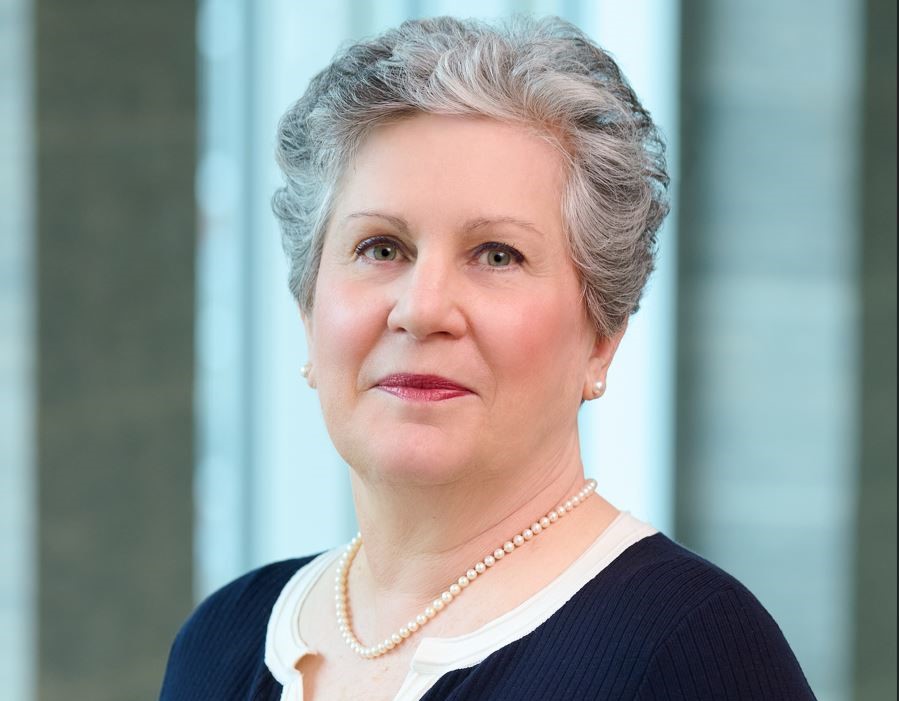From Piggy Banks to Family Banking: Guiding Kids Toward Financial Independence

When my son was just a toddler, I opened his first savings account. It was a simple way to show him how small amounts of money could grow over time — watching birthday cash and holiday gifts add up in an account just for him.
Fast forward to today: he’s 13, ready for more responsibility, and eager to manage his own money. Those early habits laid the groundwork for bigger lessons — and now, he was ready for real-world money skills. That’s when I opened his first checking account.
With his new Student Checking account, he no longer stashes cash at home. Instead, he deposits it safely into his account and uses a debit card when he needs to spend. It’s been a game-changer — helping him build independence, practice responsibility, and still stay committed to long-term saving with his savings account.
These small steps have sparked conversations about money and turned banking into a family affair. By turning financial wellness into a shared experience, I’m strengthening our family’s foundation and setting a positive example for him to follow.
Here are some of the lessons I’ve explored with my son—ones you can use with your own kids to help them grow into financially savvy adults:
1. Make Saving Fun
Engage your child with tools like their own kid's savings account. Help them set small, achievable goals, like saving for a new game or a special outing. Celebrate their milestones to reinforce positive habits.
2. Teach Through Everyday Moments
Everyday activities, like grocery shopping or planning a family budget, are perfect opportunities to teach financial concepts. Discuss needs versus wants, budgeting, and the value of a dollar in ways that are relatable and easy to understand.
3. Give Them Hands-On Experience
With a Student Checking account, your kids can learn to manage spending in a safe, guided environment. Start small—perhaps with an allowance—and show them how to track expenses using their debit card. It’s a great way to build confidence and awareness.
4. Introduce the Concept of Earning
Encourage kids to earn their own money through chores, small jobs, or a good old-fashioned lemonade stand. Help them understand the value of effort and reward.
5. Lead by Example
Kids are always watching. Show them your own financial habits, like setting a budget, saving for big goals, and making thoughtful spending choices. Sharing your financial journey can inspire them to follow your lead.
At St. Mary’s Bank, we believe financial wellness starts early. Whether it’s through a savings account that grows with them, a checking account that empowers them to take control of their money, or a family banking approach that brings everyone closer, we’re here to help.
Learn more about our Super Saver Savings Account and Student Checking at Savings Options


